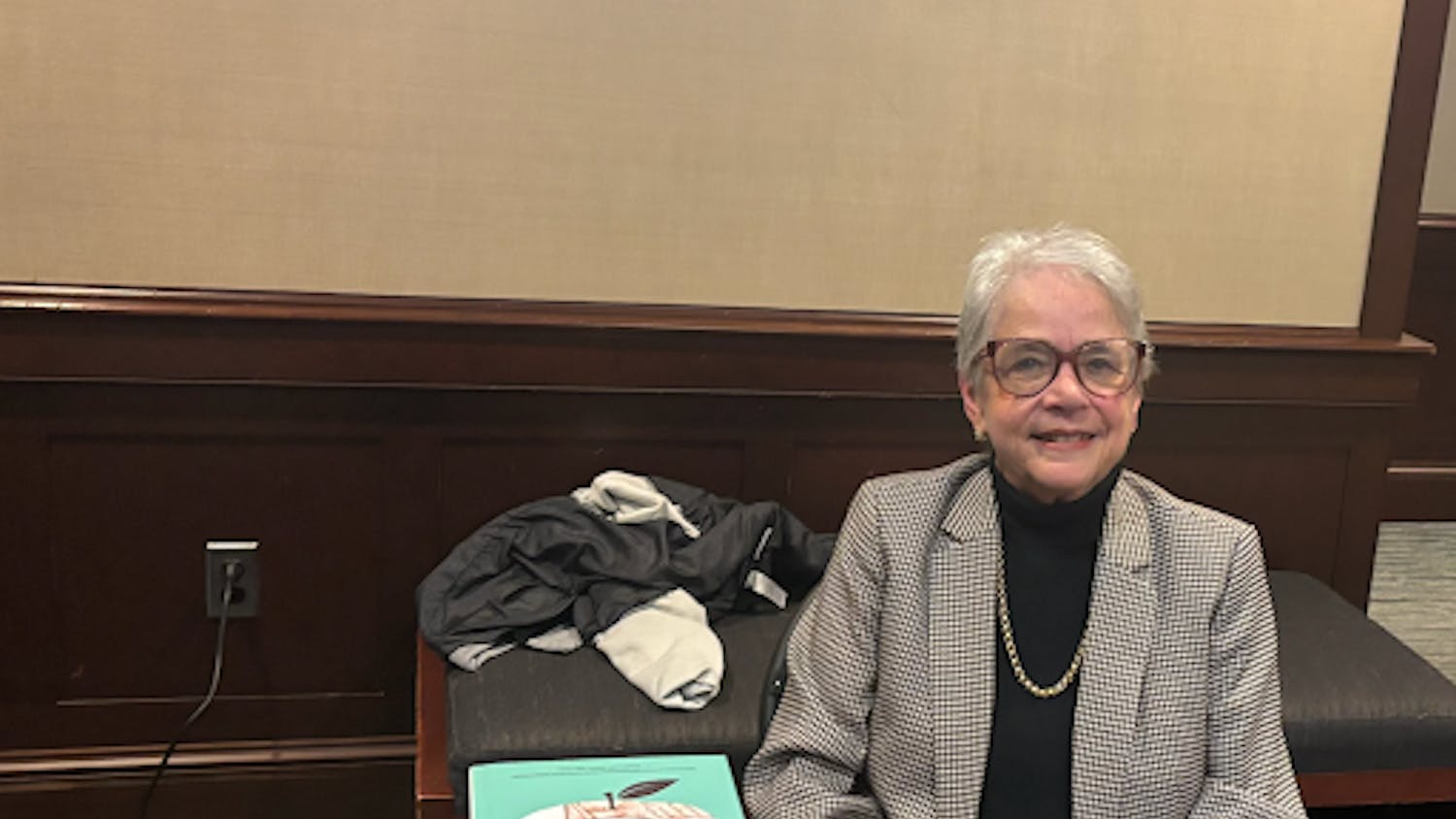In light of recent tragic shooting events, an increase in police presence, emergency management and security is being implemented throughout certain public spaces, such as at colleges and universities.
The College’s police department is taking the necessary steps by both informing students, faculty and staff on how to respond to a situation involving an active shooter, as well as frequently training the officers in case such an event should occur.
In December, the College’s emergency management team sent out an email to the College containing a link to an informative video, which explained how to react in the event of an active shooter. The video, developed by Homeland Security, highlights three essential steps in dealing with such a situation: “Run. Hide. Fight.”
The Office of Homeland Security offers additional resources to the College, according to Campus Police sources. The link included a poster and handout on how to respond to this type of emergency.
“We have a couple of projects that are in the works to give resources to students, faculty and staff,” Campus Police said. They have been working on distributing these resources even before the recent shooting events.
Matthew Golden, associate vice president of Communications, Marketing and Brand at the College, said that the Campus Police participate in a collaborative group called CUPSA, College/University Public Safety Association. CUPSA allows law enforcement from different colleges to share information with each other pertaining to certain situations and procedures.
A member of the Campus Police department is the president of CUPSA.
“There was recently an active shooter training tabletop exercise that involved Campus Police,” Golden said. Outside law enforcement evaluators also shared their thoughts and inputs concerning campus safety.
Campus Police explained that many different types of safety and procedural plans, other than active shooter training, are collaborated upon as well.
“There is a lot of preparedness activity,” Golden said. “We learn from what happens on other campuses.” Campus Police, along with other local law enforcement, apply crisis planning by improving upon operations here on campus.
This spring, the College’s police will participate in an active shooting “simunition,” according to Golden. He elaborated on the training and explained how they use weapons that are similar to real ones. Campus Police said the “bullets” used in the simulation are made of soap.
“It marks whatever it hits,” said campus police sources on the “soap bullets.”
Golden explained a similar “simunition” was conducted approximately a year ago in Kendall Hall, and involved Ewing and State police as well.
Additionally, Campus Police attend crisis management training at other universities such as Texas A&M. The federal government provides this training.
“You can never be too prepared,” said sophomore elementary education and psychology double major Kristen Pizzolo when discussing campus security at the College.
Mike Ferrucci, a freshman English major, also added that it is “always relevant to have people educated,” in reference to informing people on how to react in case of an emergency situation.
Because shootings are sometimes assumed to be linked to mental illness, Jeanine Vivona, a psychology professor at the College and clinical psychologist, offered her insight on the issue as well.
“The vast majority of people with psychological disorders are not a threat,” Vivona said. She elaborated on the fact that the media plays a huge role in society’s assumption that mental illness is related to these recent tragic events.
However, she stressed the importance of reaching out to friends and fellow students who appear to be troubled, because though they most likely have no potential for being violent, it is still very helpful to show concern for those who need it.
“Some of the major indicators of a troubled student or friend may include changes in personality, reactiveness, tearfulness, isolating oneself and refusing to socialize,” Vivona said.
She emphasized showing concern for those who seem to be hurting and doing so in a caring manner.
“All faculty and residential staff are aware of the resources on campus and will recommend students they feel are suffering to these resources,” she said.
While mental illness may not be linked to recent shooting events, it is always safe to be informed from a psychological point of view as well.






